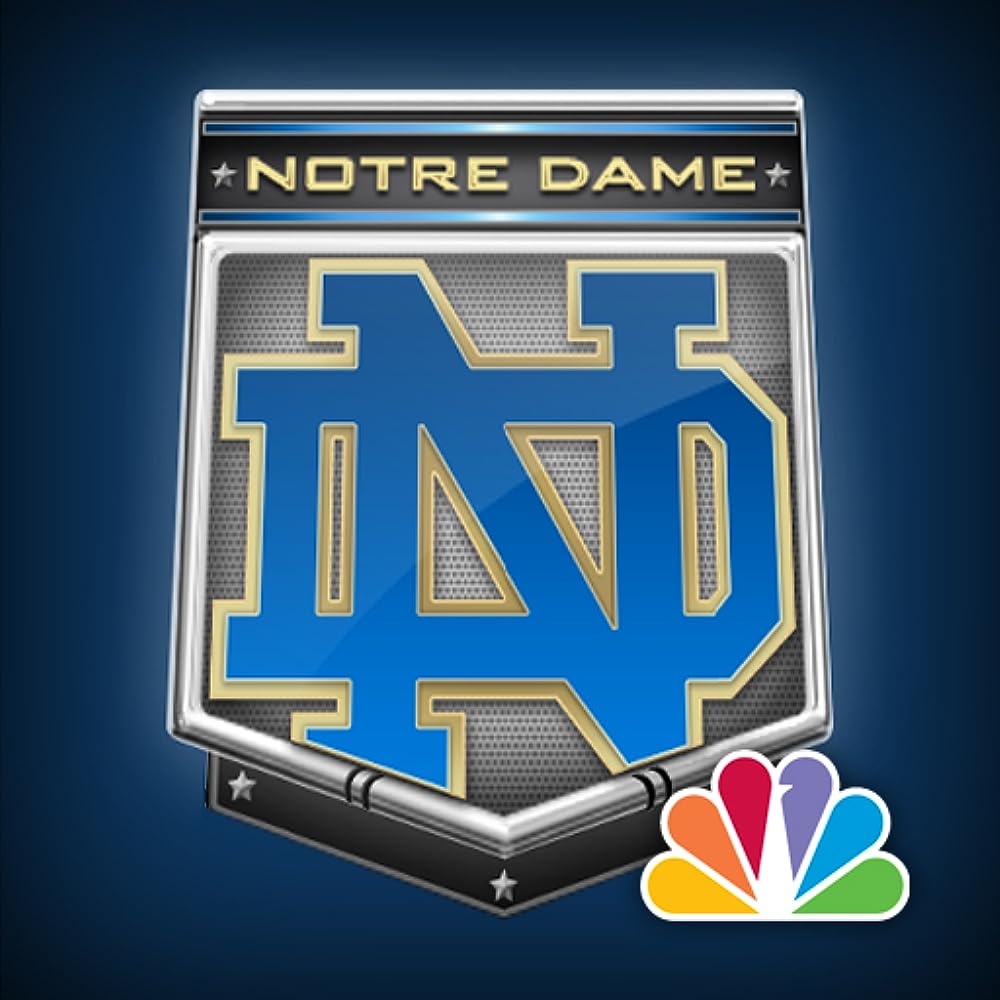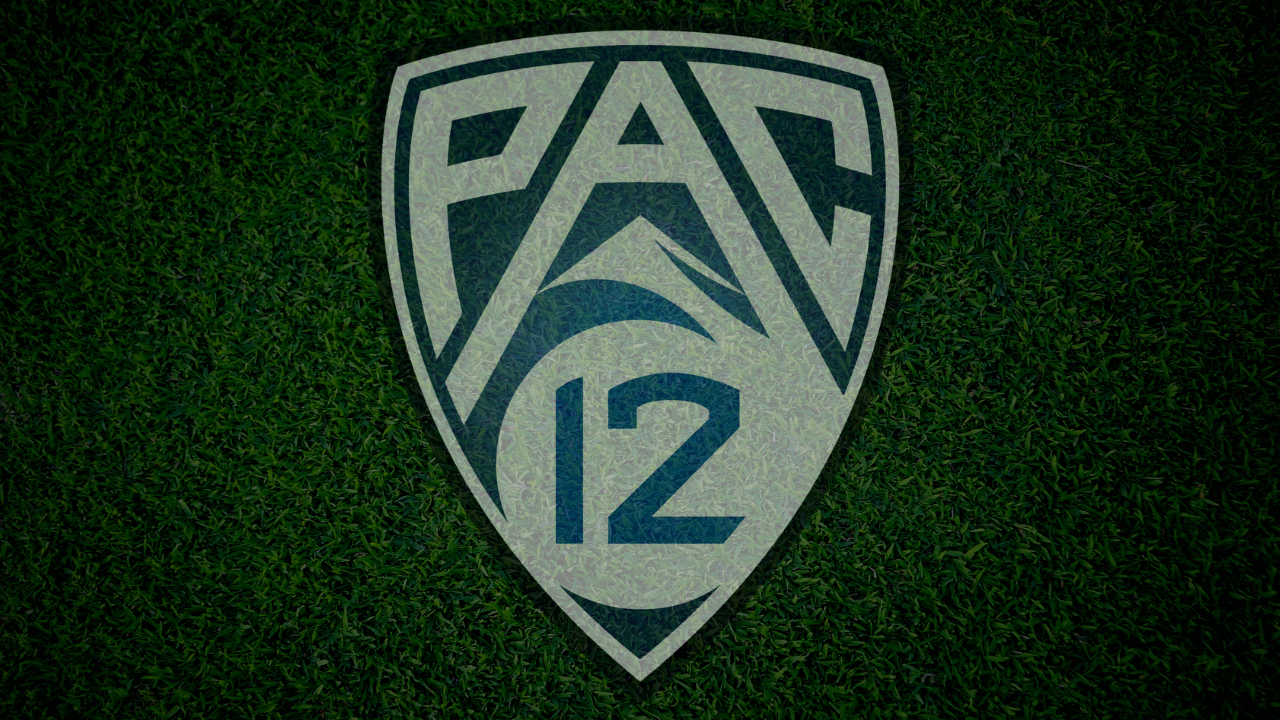Share This Article
College football realignment delivers another devastating blow to the Pac-12.
The Pac-12 is dead.
George Kliavkoff failed.
The blame for the Pac-12’s inability to land an adequate media rights deal resulting in the loss of nearly all member institutions cannot be attributed to just one individual, but Commissioner Kliavkoff will certainly shoulder the brunt of it.
His future with the conference is now uncertain, and it remains to be seen if he can recover from this setback.
Kliavkoff has been under fire all summer for his handling of the negotiations, with many questioning his strategy suggesting it was too passive. He overvalued his product and waited too long to make a deal.
Now he’s paying the price.
The Pac-12 is soon to be the “Pac-4” after losing Oregon and Washington to the Big Ten and Arizona, Arizona State, and Utah to the Big 12.
College football fans nationwide are divided on how to respond to this realignment shakeup. Some are rejoicing while others are mourning, but everyone is asking the same question: Is this really the end of the illustrious 108-year-old Conference of Champions?
It was only a matter of time before one of the Power 5 conferences dissolved. Realignment, television revenue, and media networks made this inevitable. But how did we get here?
Well, it all started nearly 40 years ago.
1984

The Supreme Court’s 1984 decision in the NCAA v. Board of Regents of the University of Oklahoma case set an important precedent for antitrust law and its application to the collegiate sports industry. The ruling found that the NCAA’s television plan violated antitrust laws designed to promote fair competition and trade.
The NCAA had been using a policy restricting schools from negotiating individual television contracts, limiting their ability to raise money for their athletic programs. The OU Board of Regents argued that this policy was limiting competition and allowing the NCAA to effectively monopolize the market.
The Supreme Court’s ruling in favor of the Board of Regents affirmed that antitrust laws needed to be applied to collegiate athletics. This ruling caused immediate changes in college football, centered on generating revenue through television contracts.
The Big Ten and the Pac-10 quickly joined forces to negotiate the first independent media contract landing an $8M deal with CBS.
Notre Dame

The next domino, arguably the most significant, would fall six years later when Notre Dame defected from the College Football Association (CFA) to sign a lucrative deal with NBC.
The CFA was formed in 1977 to help schools gain control over media negotiations. The NCAA had been limiting the number of televised games for years in order to bolster ticket sales and attendance numbers. The NCAA eventually threatened to sanction the CFA, which led to the Board of Regents lawsuit.
In 1991, Notre Dame revolutionized college football when it began its contract with NBC. The agreement allowed Notre Dame to keep all revenue from its games which motivated other schools to pursue similar deals. The increased competition between networks drove-up prices, leading to greater payouts to schools and conferences.
Realignment was born as each school and conference tried to outbid the other to gain a larger portion of the TV revenue pie.
Realignment

In 1992, the SEC poached Arkansas from the Southwest Conference (SWC) to create a more enticing product for television networks. The Razorbacks were a national power during its time in the SWC. By adding Arkansas, the SEC was able to offer television companies an even better media package.
Three years after this realignment, the SEC left the CFA when it signed a national deal with CBS in 1995. The Big East signed a deal with CBS the same year.
Both the SWC and the CFA were shutdown in 1996 and 1997, respectively.
Fast forward a decade-and-a-half later, when a five-year window of realignments took place from 2010-2014. This series of changes devastated the Big 12 and destroyed the Big East. The American Athletic Conference, mainly consisting of Big East leftovers, formed during this time.
In 2021, the SEC poached Oklahoma and Texas from the Big 12. The following summer, the Big Ten snagged UCLA and USC from the Pac-12.
And it has been “survival of the fittest” ever since. One can’t blame the Big 12 for doing what it had to do to survive. Commissioner Brett Yormark had a plan, executed the plan, and is now reaping the rewards.

George Kliavkoff, on the other hand, thought he could sell media partners on the prestigious history of the Pac-12 instead of focusing on the current product they have to offer. This backfired and has seemingly killed the conference.
Now here we are, weeks away from what could be the Pac-12’s final college football season.
What on earth will happen next? Only time will tell.





